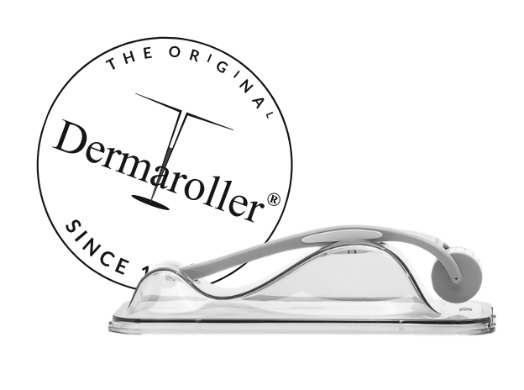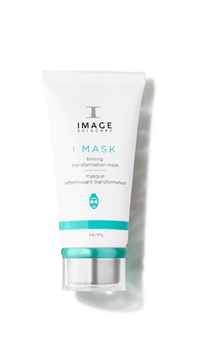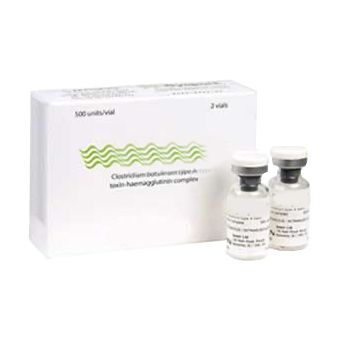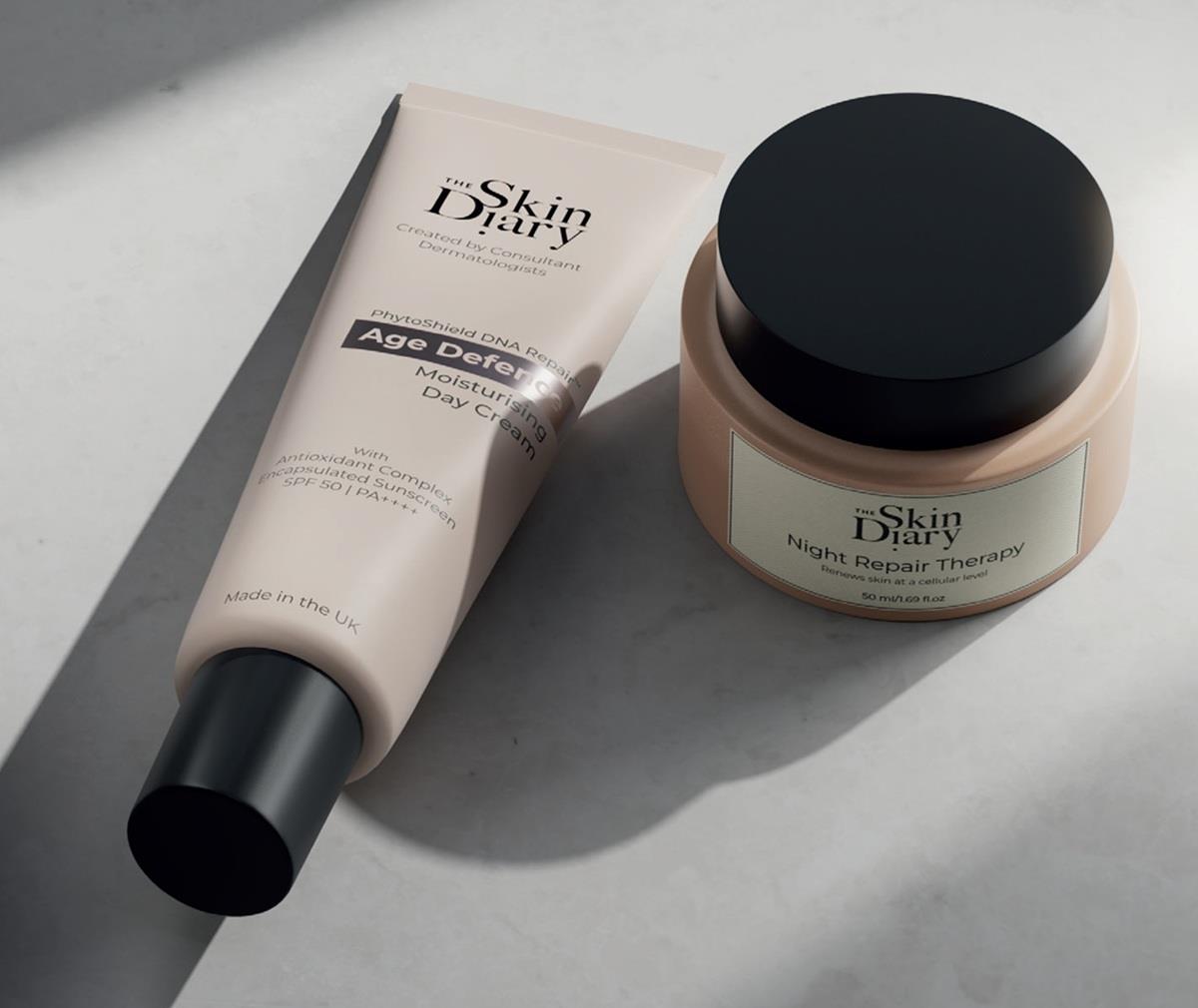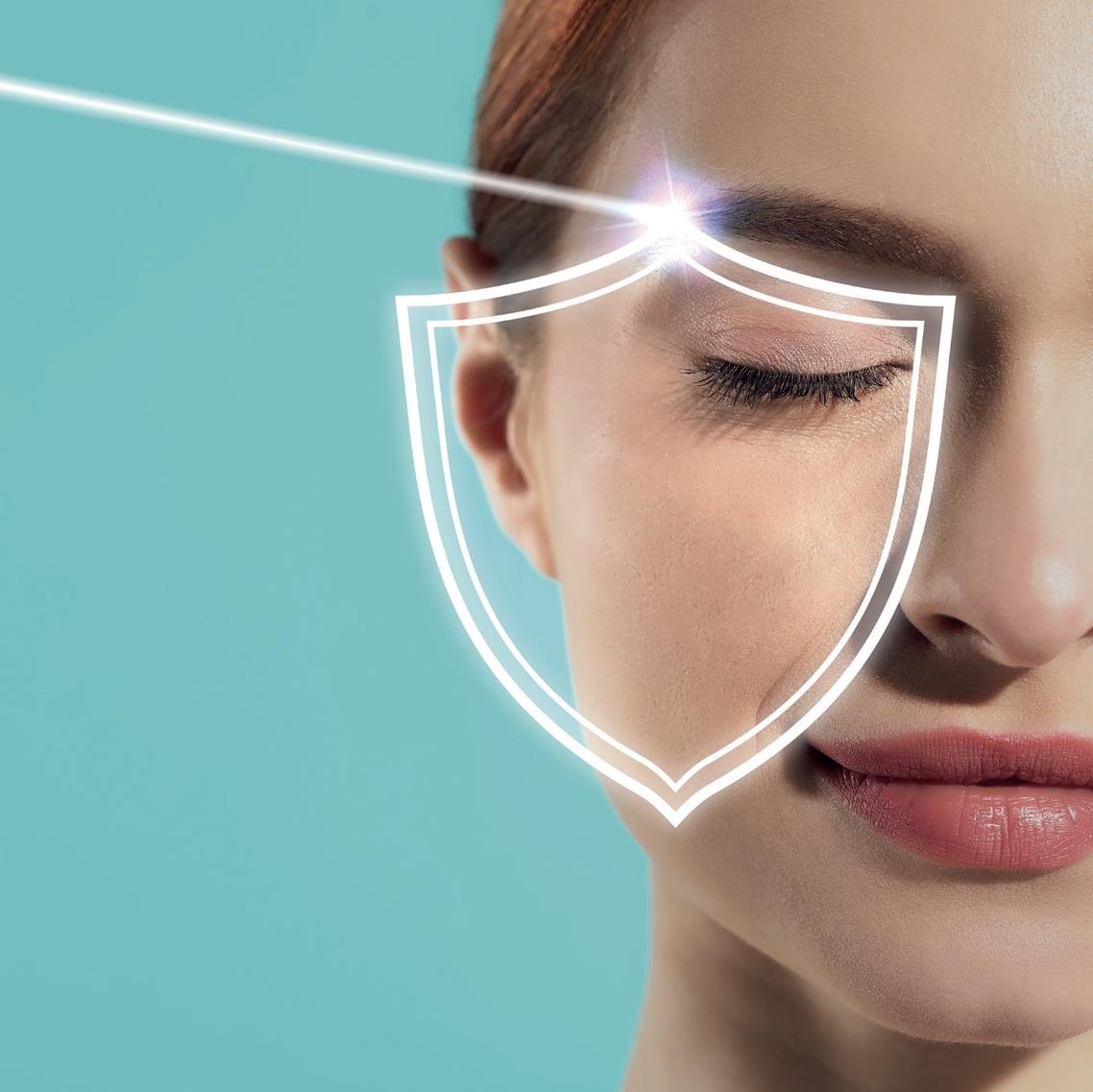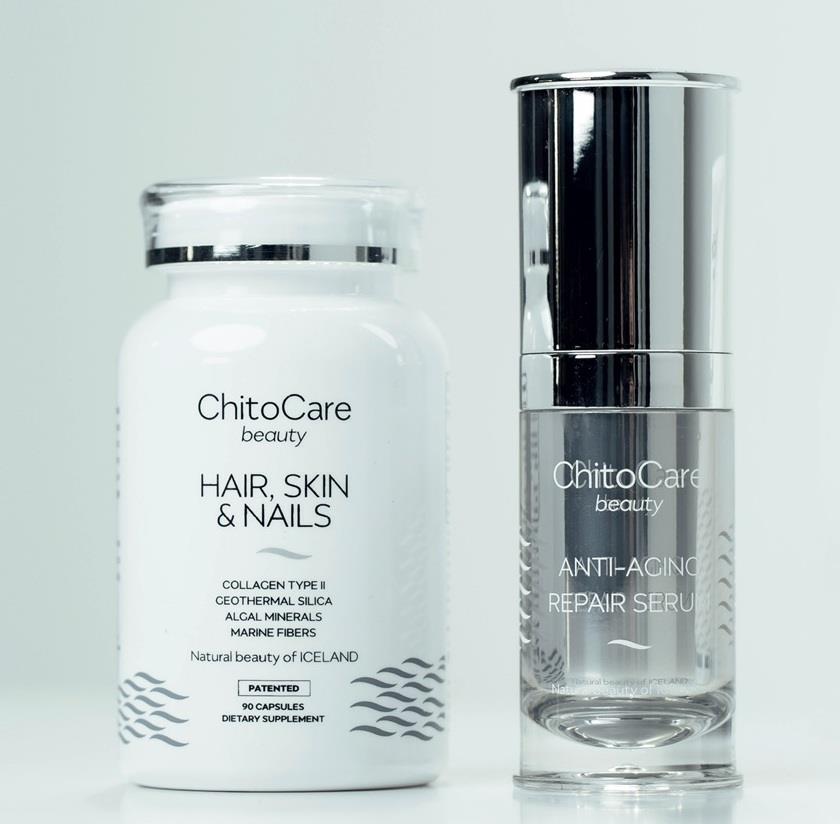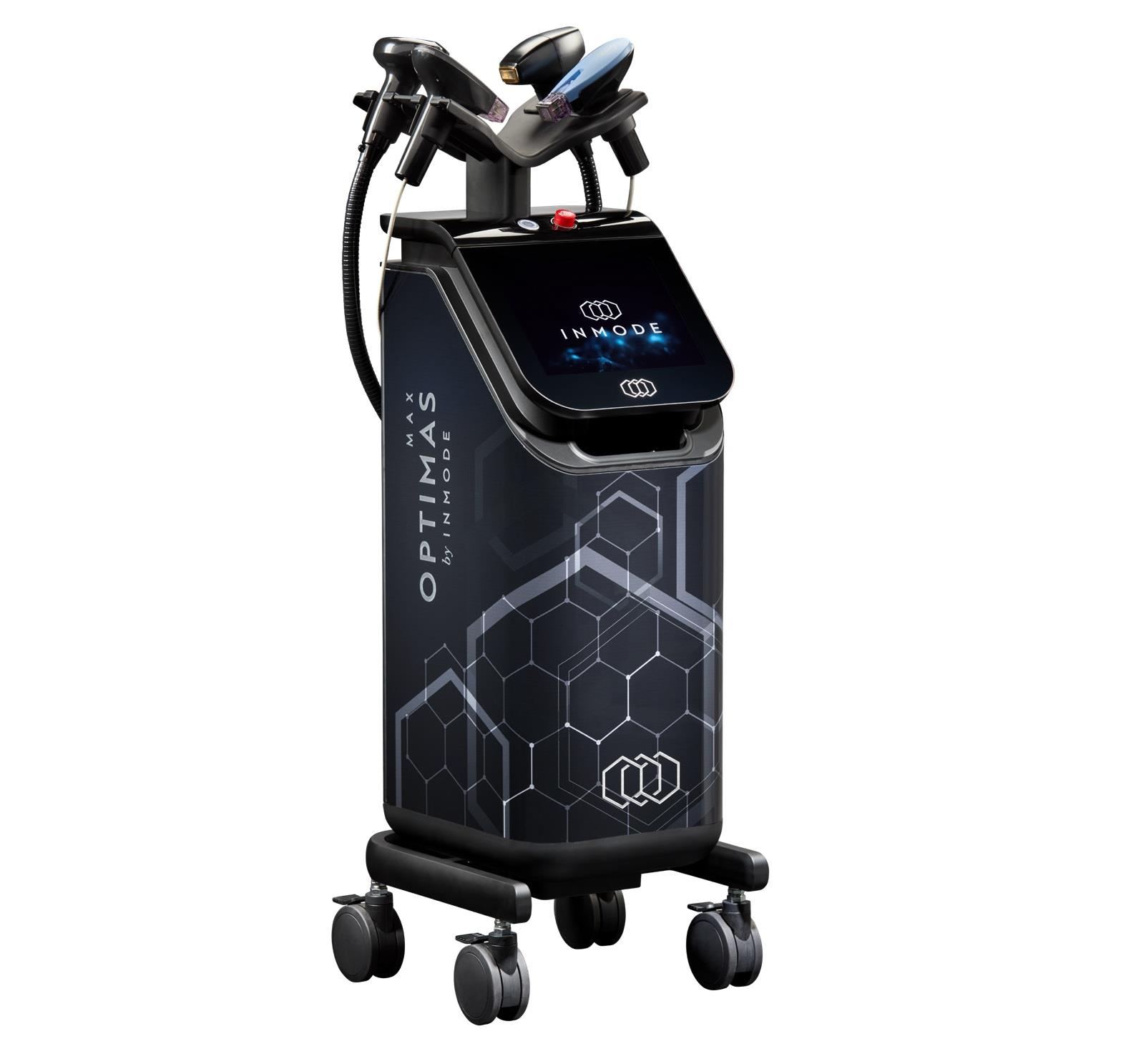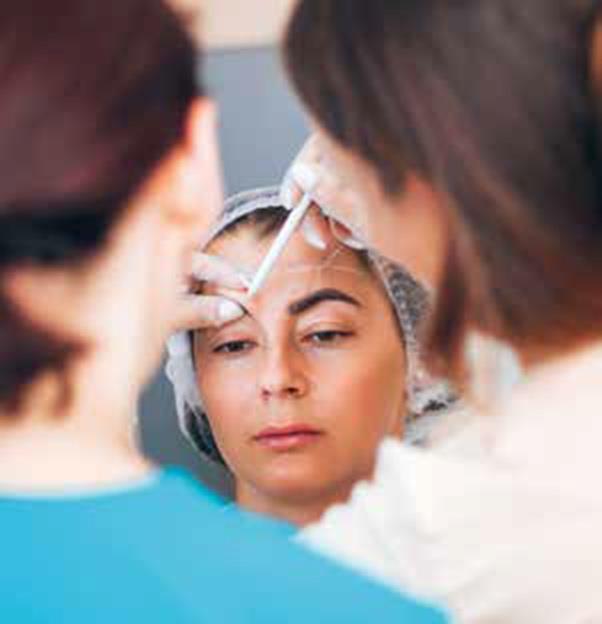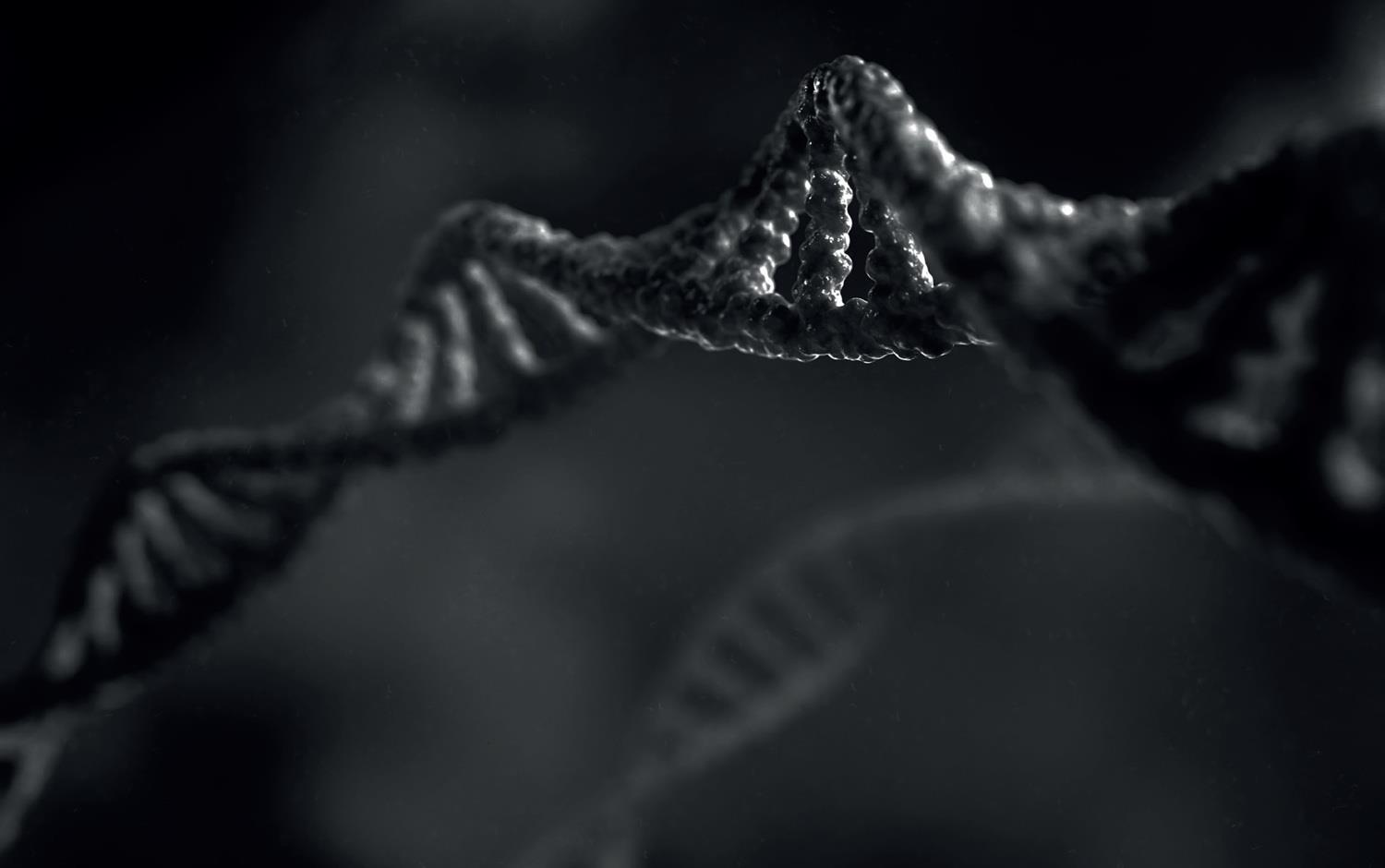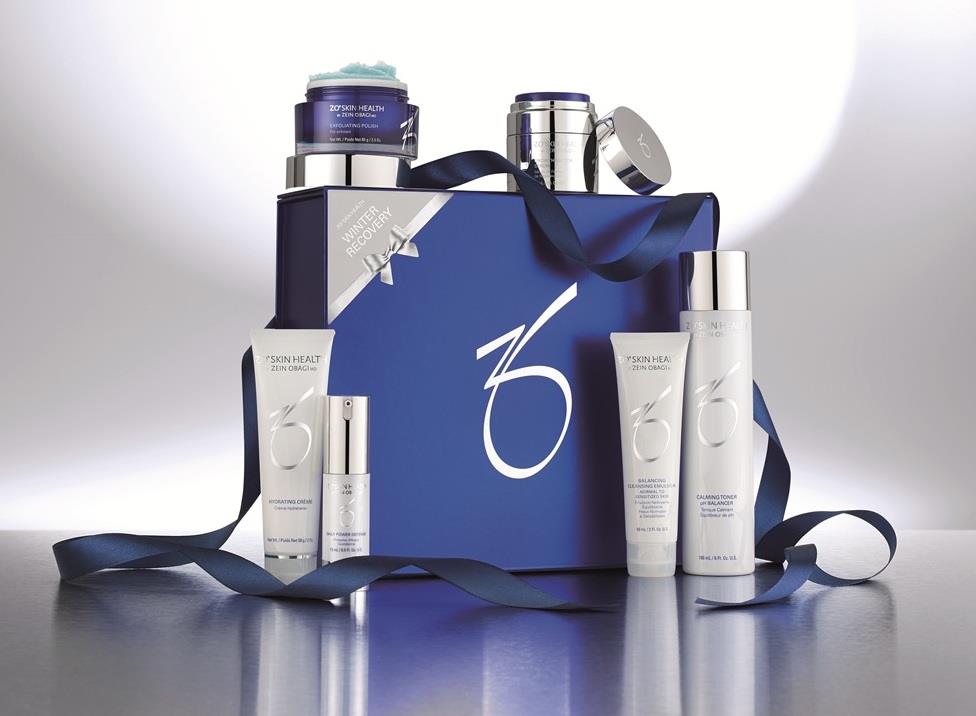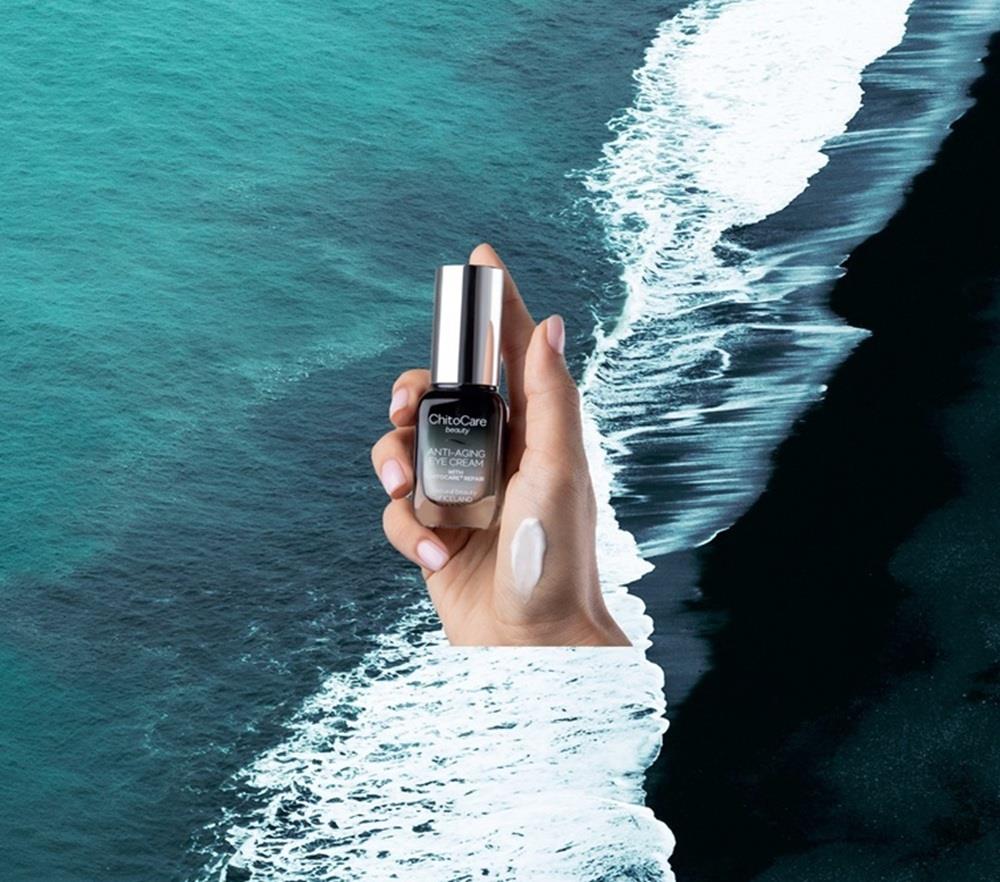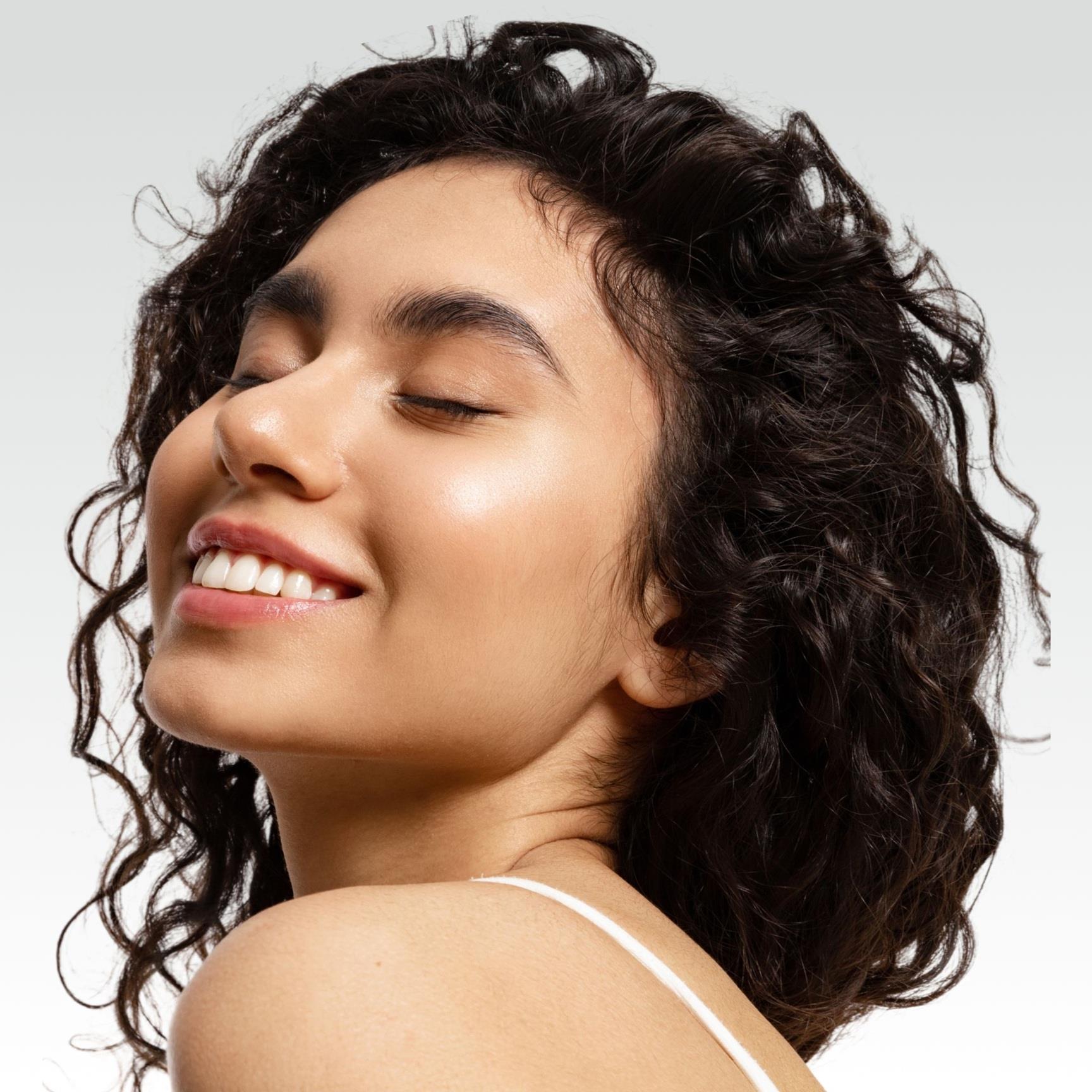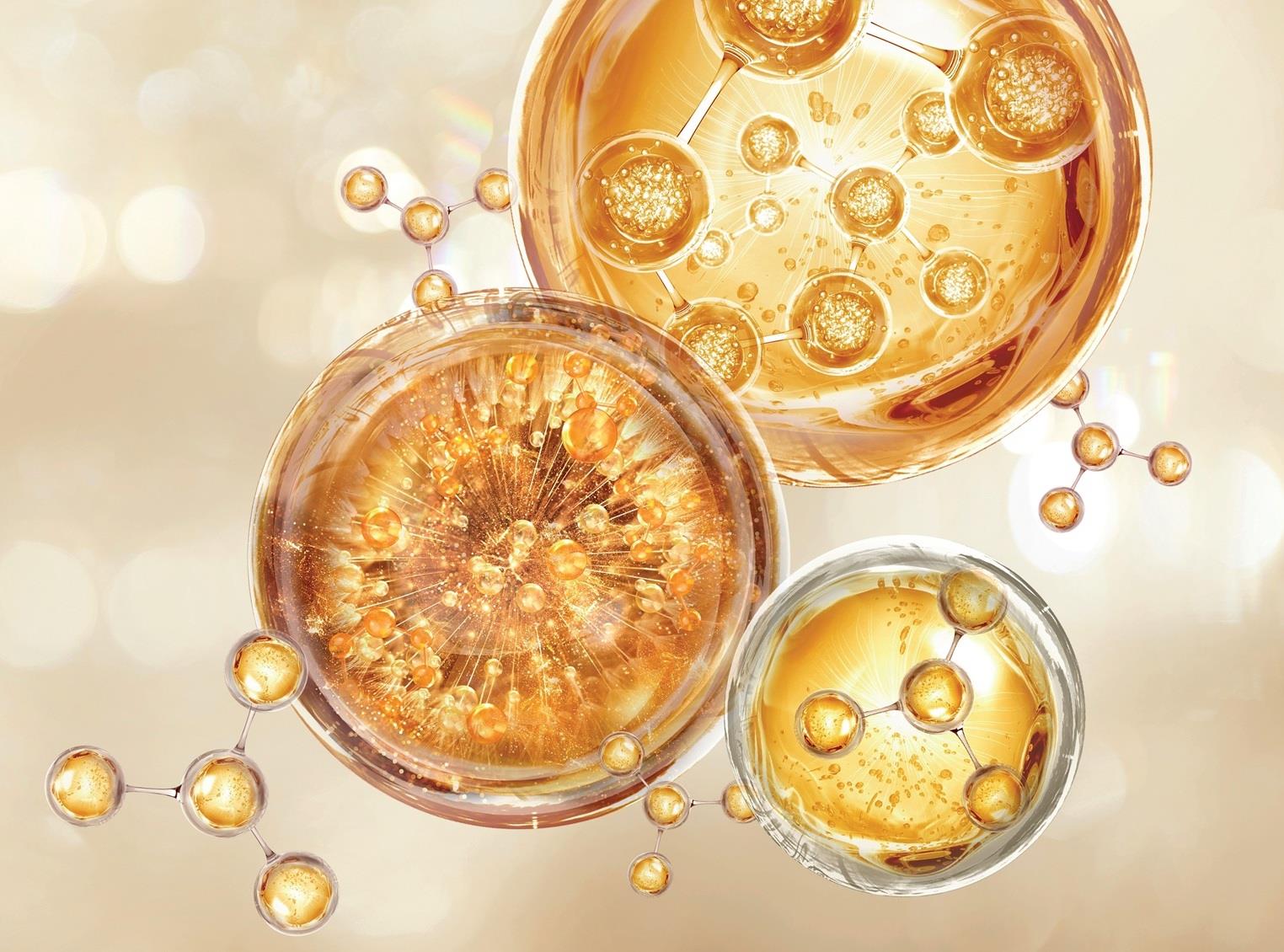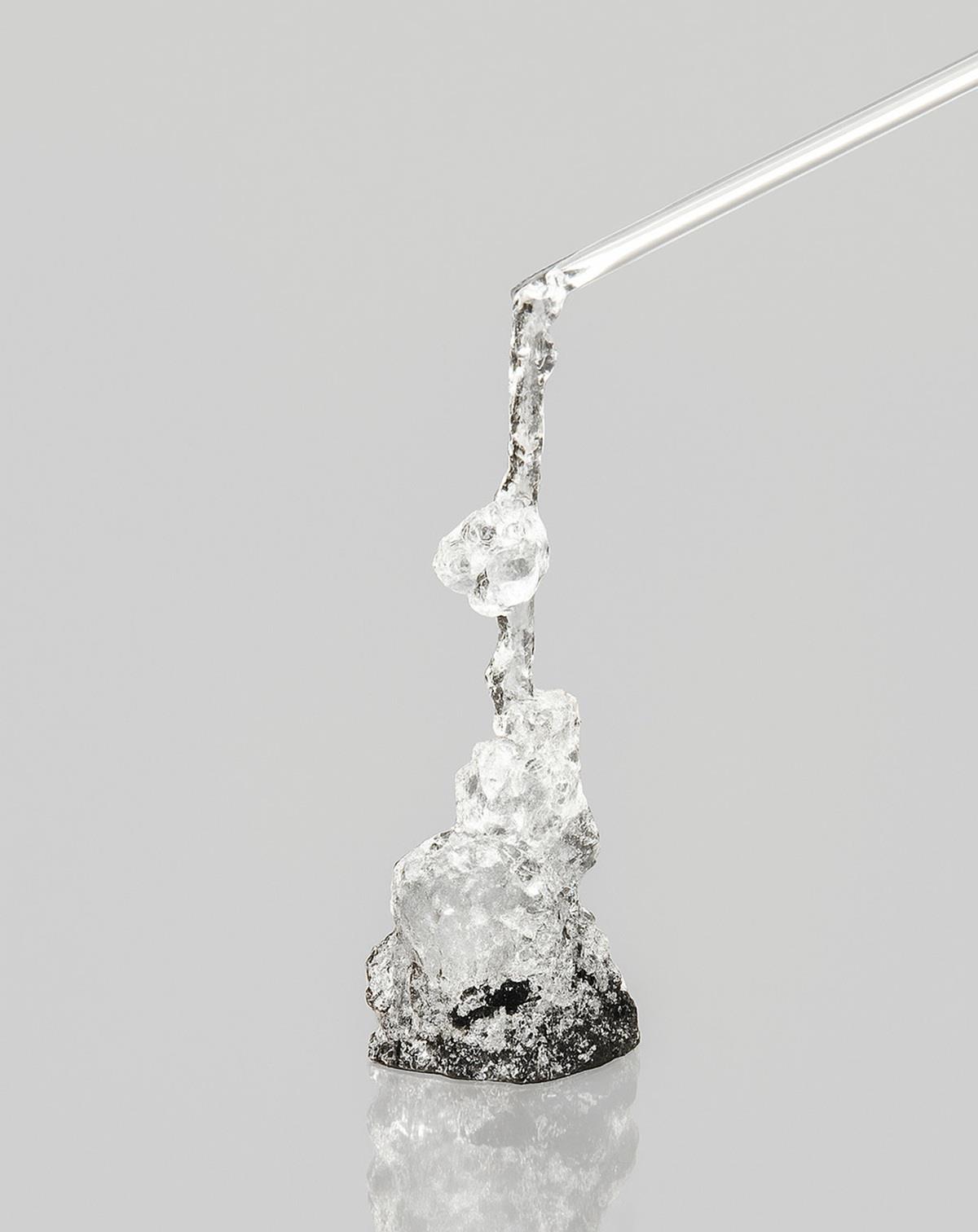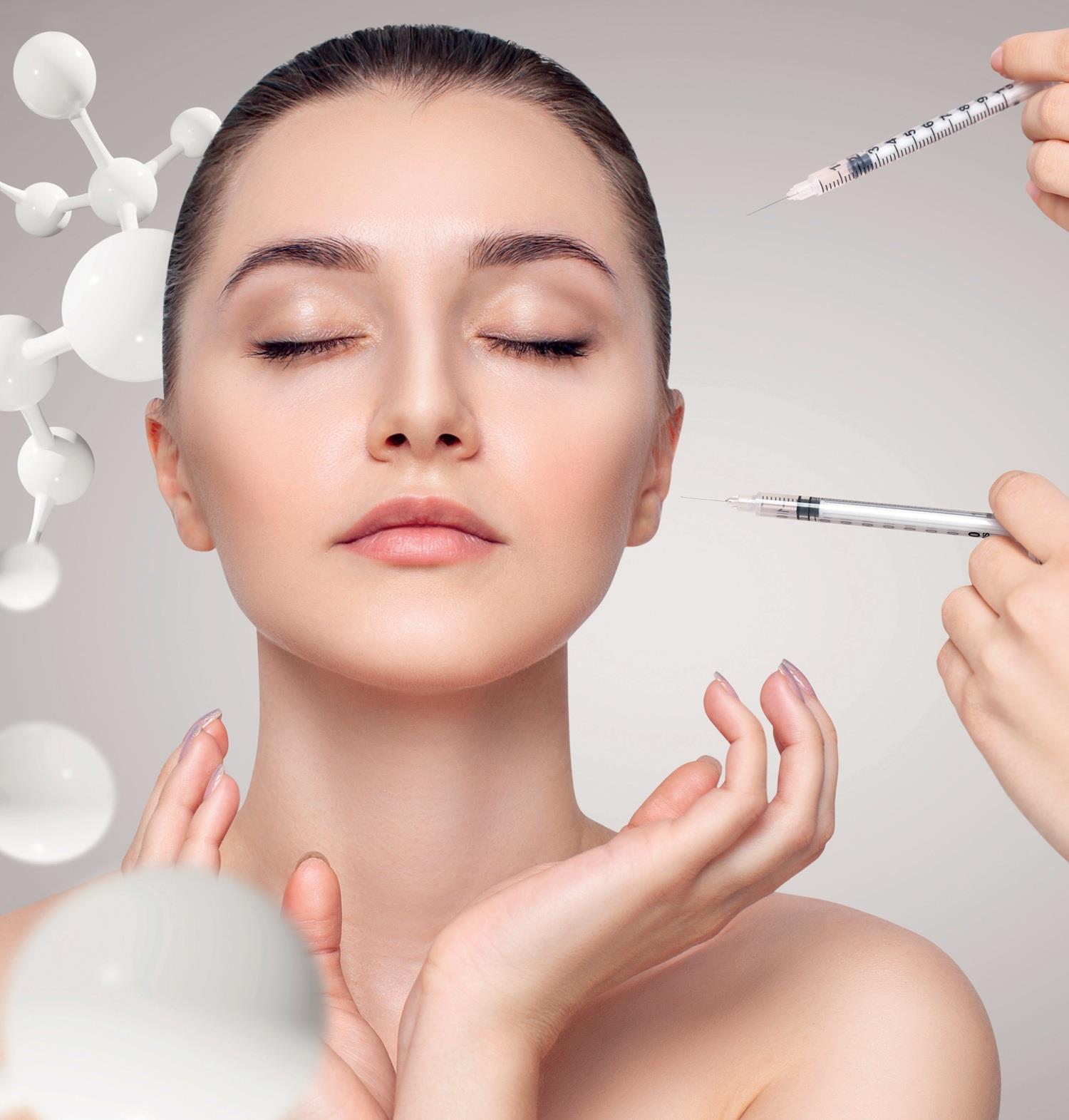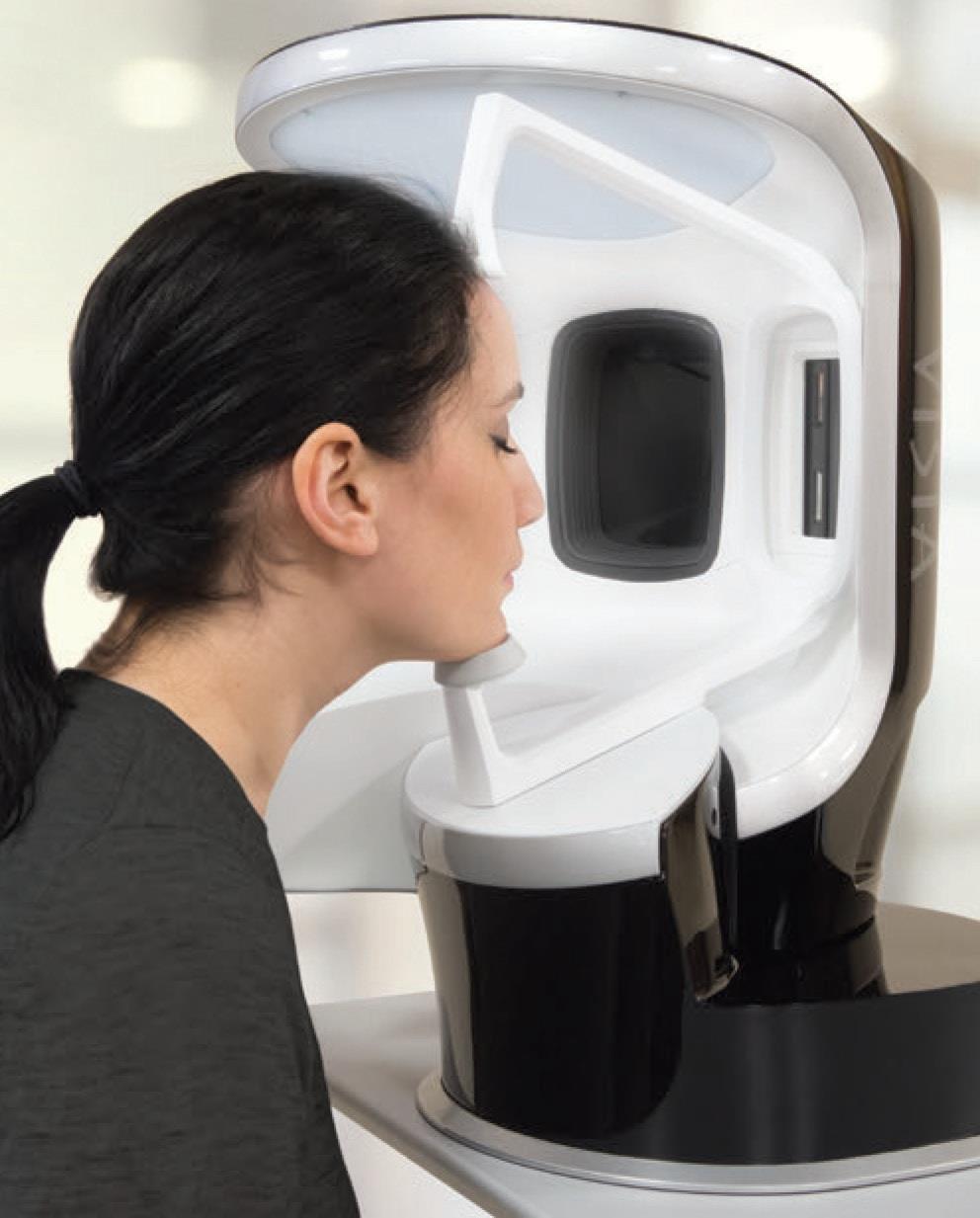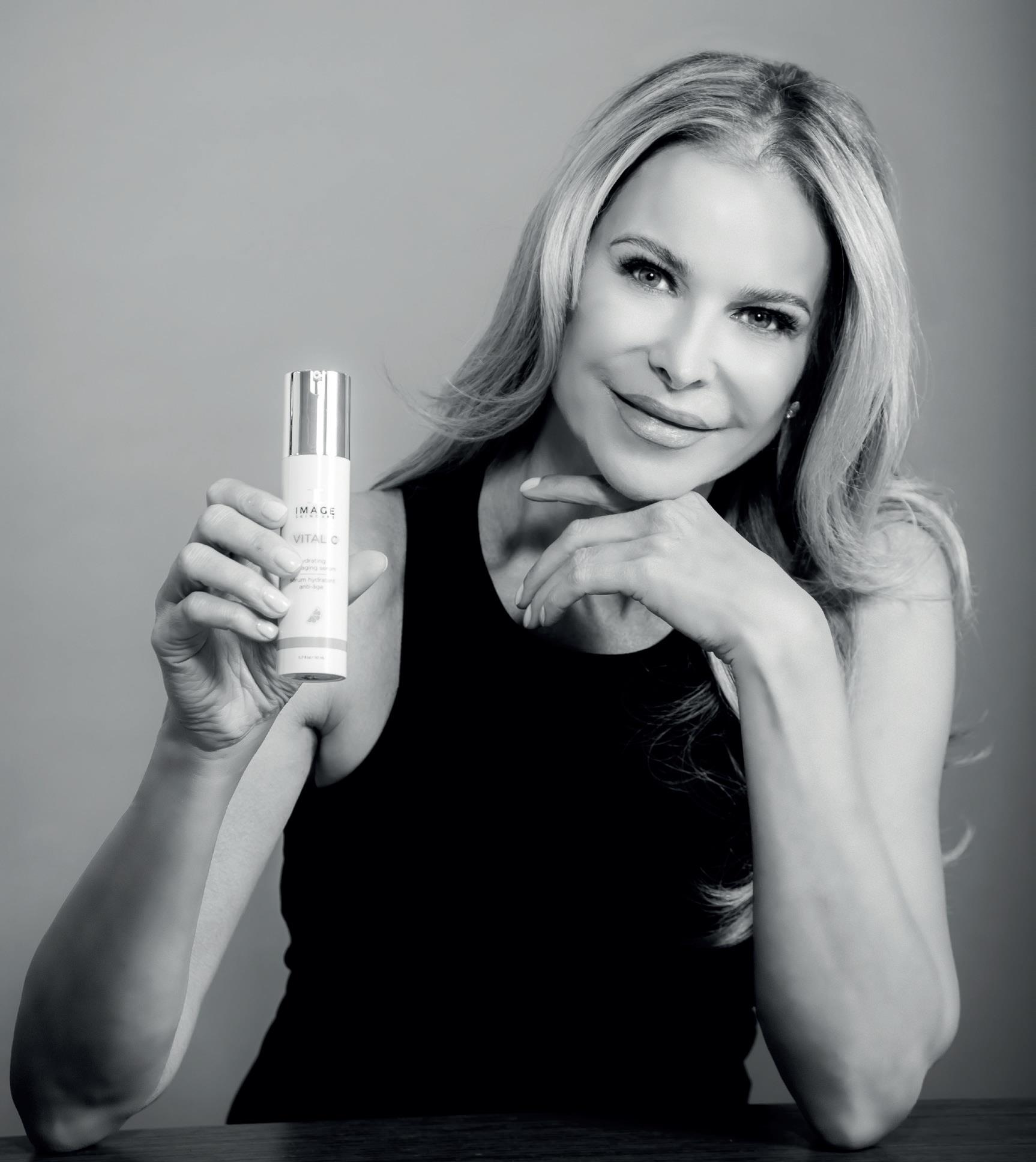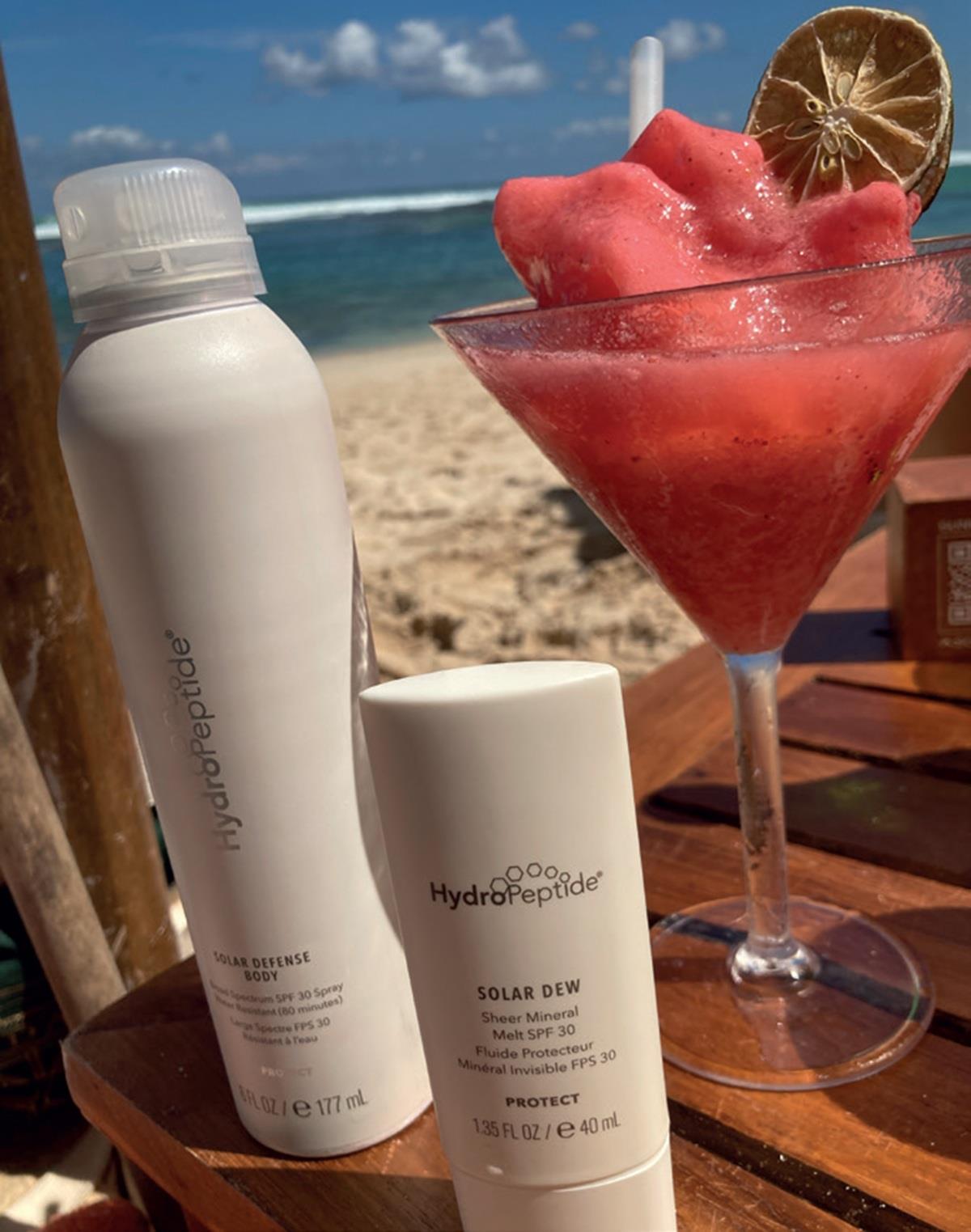
When considering the use of botulinum toxin, BoNT, there are many important factors to consider. One of the most important questions to understand for safety and efficacy is: can BoNTs be used interchangeably without any problems? The brief answer: no!
Although this is apparently an easy question to answer, it is clear that there is still much confusion and misunderstanding in our clinical practice and use of these toxins.
For safe clinical practice and to achieve optimal results, we need to understand potency, conversion ratio, and safety issues such as toxin spread, immunogenicity and storage are all clinically relevant.
Types of botulinum toxin
At the present time, there only three FDA licensed types of BoNT available for use in aesthetic practice:
1. Onabotulinum toxin, botulinum toxin type A: Botox/Vistabel; Allergan Inc. Dublin, Ireland
2. Abobotulinum toxin, botulinum toxin type A: Azzalure/Dysport Ipsen, Paris France/Galderma, Lausanne, Switzerland
3. Incobotulinum toxin, botulinum toxin type A: Bocouture/ Xeomin, Merz Pharmaceuticals, Frankfurt, Germany
These are all botulinum toxin type A; however, they are not all the same. They vary in terms of composition, chemical properties, PH, antigenicity and storage. As well as this, practitioners should have a detailed understanding of anatomy and the concepts involved, practical proficiency such as injection technique as well as product knowledge to achieve the best outcomes.
Activation
BoNT is activated when the single-chain 150 kDa neurotoxin is cleaved into a di-chain molecule, which must dissociate from the non-toxic accessory proteins, NAPs. This results in a temporary and reversible inhibition of neurotransmitter release, Acetylcholine. The toxin moiety (the 150 kDa neurotoxin) is the same in all BoNT. The potency of a product is dependent on the amount of active toxin available. This is clinically relevant because potency and therapeutics are affected by different formulations of BoNT, despite them having the same active molecule.
Differences
Although many studies have proven that all three toxins are effective, we need to understand the differences to achieve comparable clinical outcomes.
This is also important for safety, to minimise complications. There are some factors in the practitioners’ control that may reduce the rate of complications.
Some of these are:
• Choice of BoNT
• Injection technique
• Dilutions
• Volumes
• Doses
Conversion ratios
Apart from incobotulinum toxin, Bocouture, all commercially available formulations are composed of the 150 kDa neurotoxin with non-accessory proteins, NAP, Bocouture does not have NAP. How relevant this is or may become in the future in terms of immunogenicity and non-responders as a result remains to be seen in clinical practice.
However, clinical and preclinical analyses have demonstrated a clinical conversion ratio between onabotulinum toxin, Botox, and incobotulinum toxin, Bocouture is very close to 1:1. Prager et al. reported that both these products dose ratio of 1:1 for Botox and Bocouture.
The conversion ratio from abobotulinum toxin, Azzalure to onabotulinum toxin, Botox or incobotulinum toxin, Bocouture is not 1:1. Depending on various reports the range varies a great deal.
A number of studies have reported that abobotulinum toxin, Azzalure, and onabotulinum toxin, Botox or incobotulinum toxin, Bocouture to conversion factor of 3:1. However, these studies were not in aesthetic use of toxins but were mostly studying cervical dystonia.
Therefore, it is important to note that there are no aesthetic clinical head to head studies demonstrating the conversion ratios between Speywood units to international units.
However, the summary of product characteristics, SmPC, the indications and areas treated in aesthetic treatments are similar. From the dosing recommendations for Azzalure, which are in Speywood units when compared to the recommendations for the other two toxins, which are in international units, it is apparent that the conversion ratio from Speywood to international units is 2.5 to 1.
In clinical practice, it may be that a conversion ratio of 3 to 1 is required on occasions, however 2.5 to 1 is an easy and safe conversion that provides clinical equivalence.
It is also important to convert appropriately, for example, if a practitioner were using 20 Speywood units in an area and then switched to international units in this example using ‘the standard’ 4 IU would not give an equivalent response. Therefore, 8 IU would be needed in this case to achieve an equivalence.
Different conversion ratios when converting between toxins may lead to:
• Excessive dose
• Increased incidence of adverse events • Underdosing when switching ABO, Azzalure to onabotulinum toxin, Botox or incobotulinum toxin, Bocouture
Reconstitution
Botox and Azzalure require a cold chain transport and refrigerated storage; Bocouture does not. All reconstituted toxins form a clear, colourless solution, however there are significant differences in the reconstitution of BoNT.
• Azzalure is reconstituted in 0.63ml, special syringes, unit divisions on the syringes of 5 and 10 Speywood units, and as a result, smaller volumes are injected
• Bocouture reconstitution means that the vial must be inverted at least twice, since the toxin is on the inside of the glass and near the rubber bung, therefore not all toxin will be diluted if the inversions are not done.
• 1.25 mls of 0.9% N/Saline in 50 units of Botox or Bocouture results in 4 units per 0.1ml
• 2.5mls of 0.9% N/Saline in 100 units of Botox or Bocouture results in 4 units per 0.1ml
These are the most common dilutions and the easiest to use, since 0.1ml is easy to measure in a 1ml syringe and easy to deliver to the correct injection point. the conversion ratio from Speywood to International units is 2.5 to 1.
Conclusion
In conclusion, practitioners need to be able to convert between these toxins with confidence. If required practical hands on training should be undertaken if practitioners are not confident in the conversion or use of the varying toxins. Safe and effective clinical practice is the priority as in all treatments, however this confidence in conversion is also essential for optimal results for us and our patients.
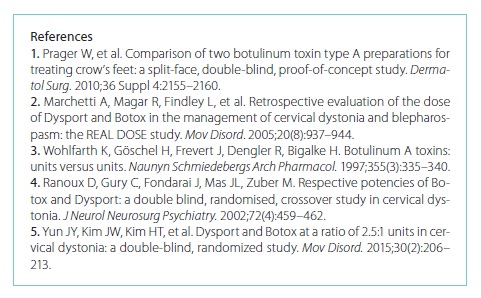
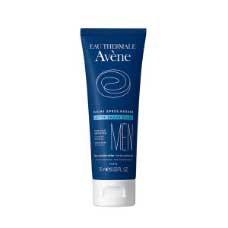
 Added to basket
Added to basket

 Unapplied Changes
Unapplied Changes


